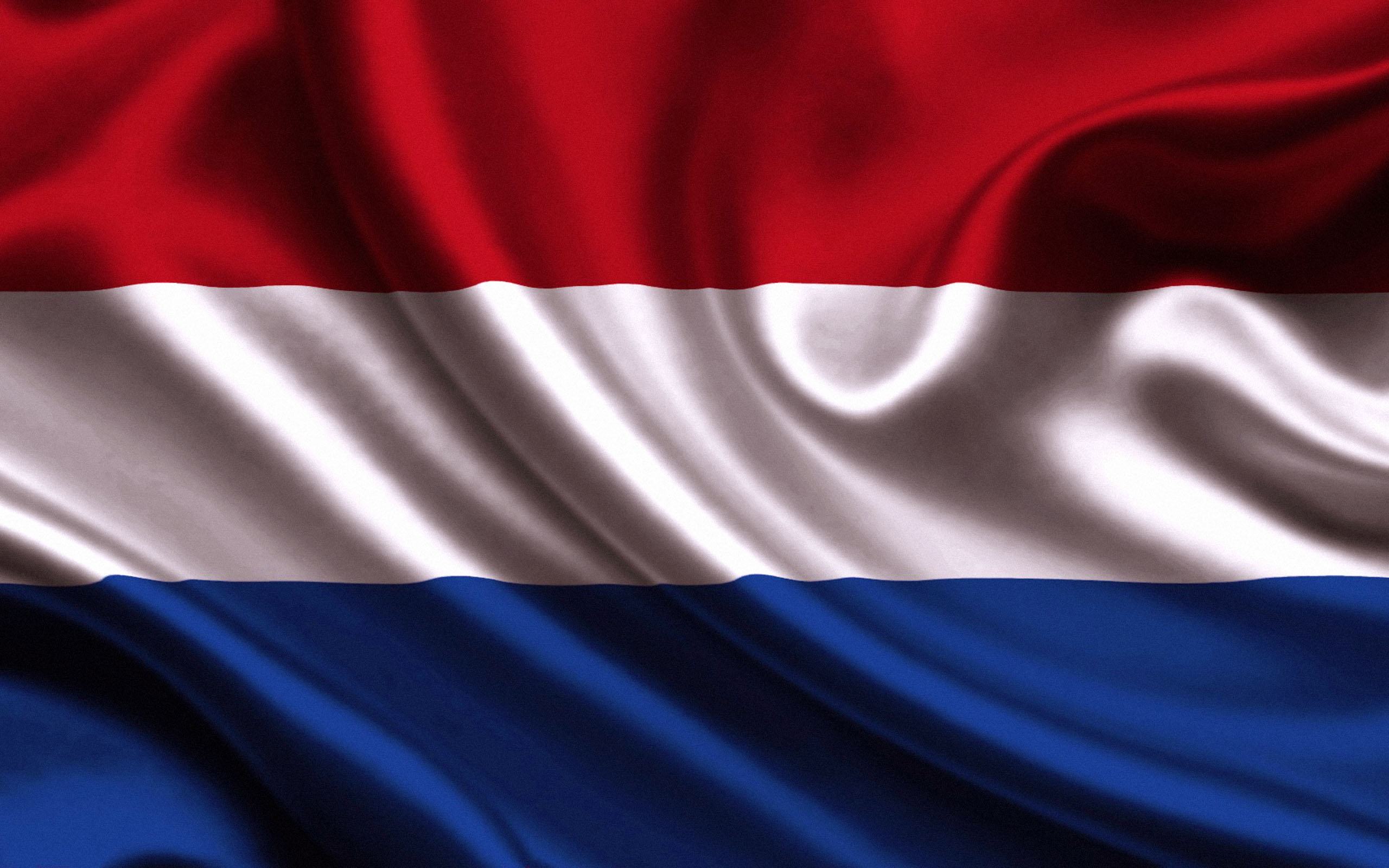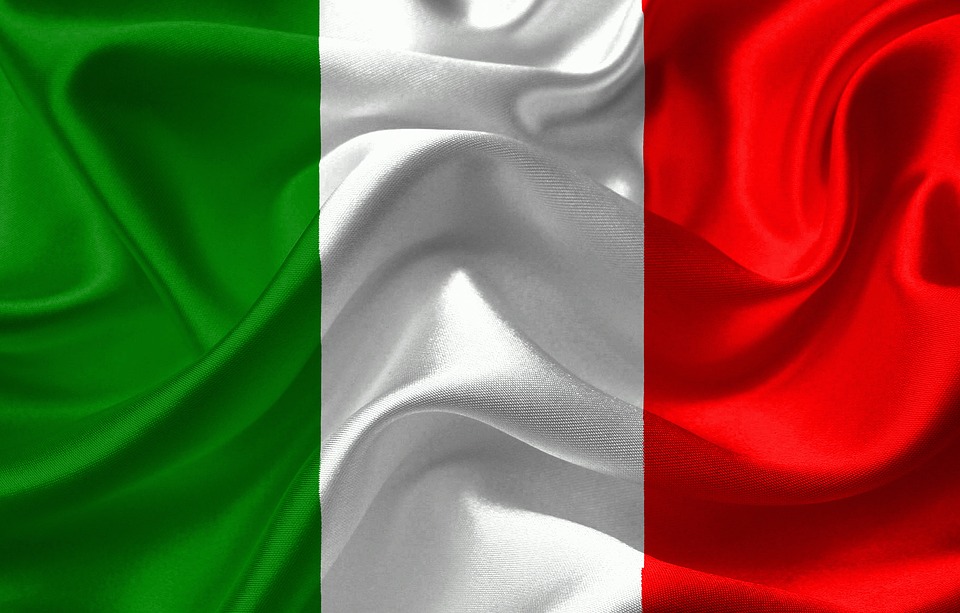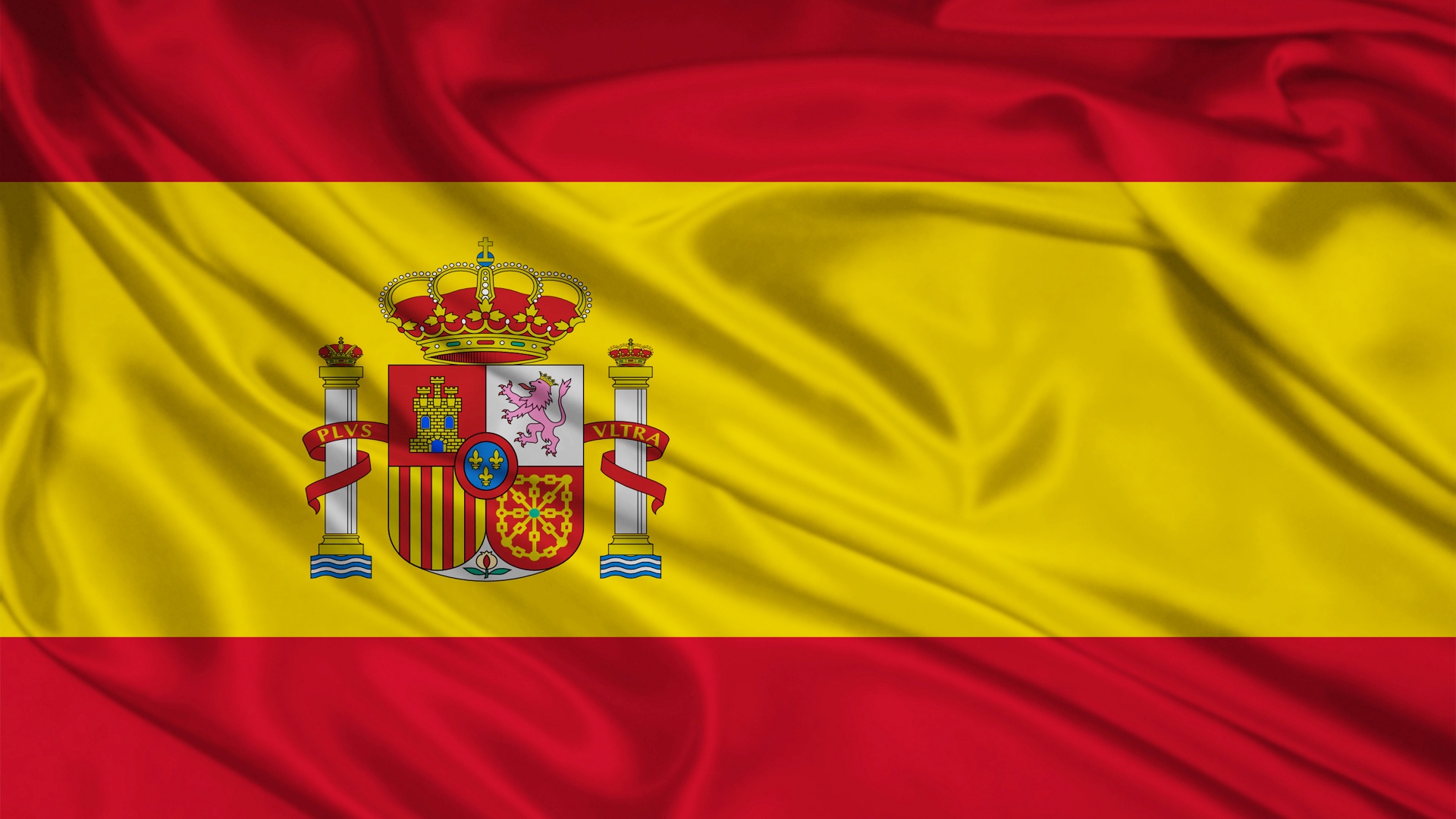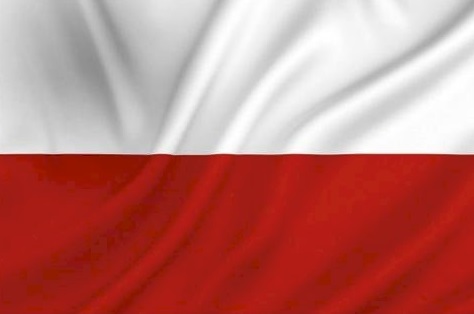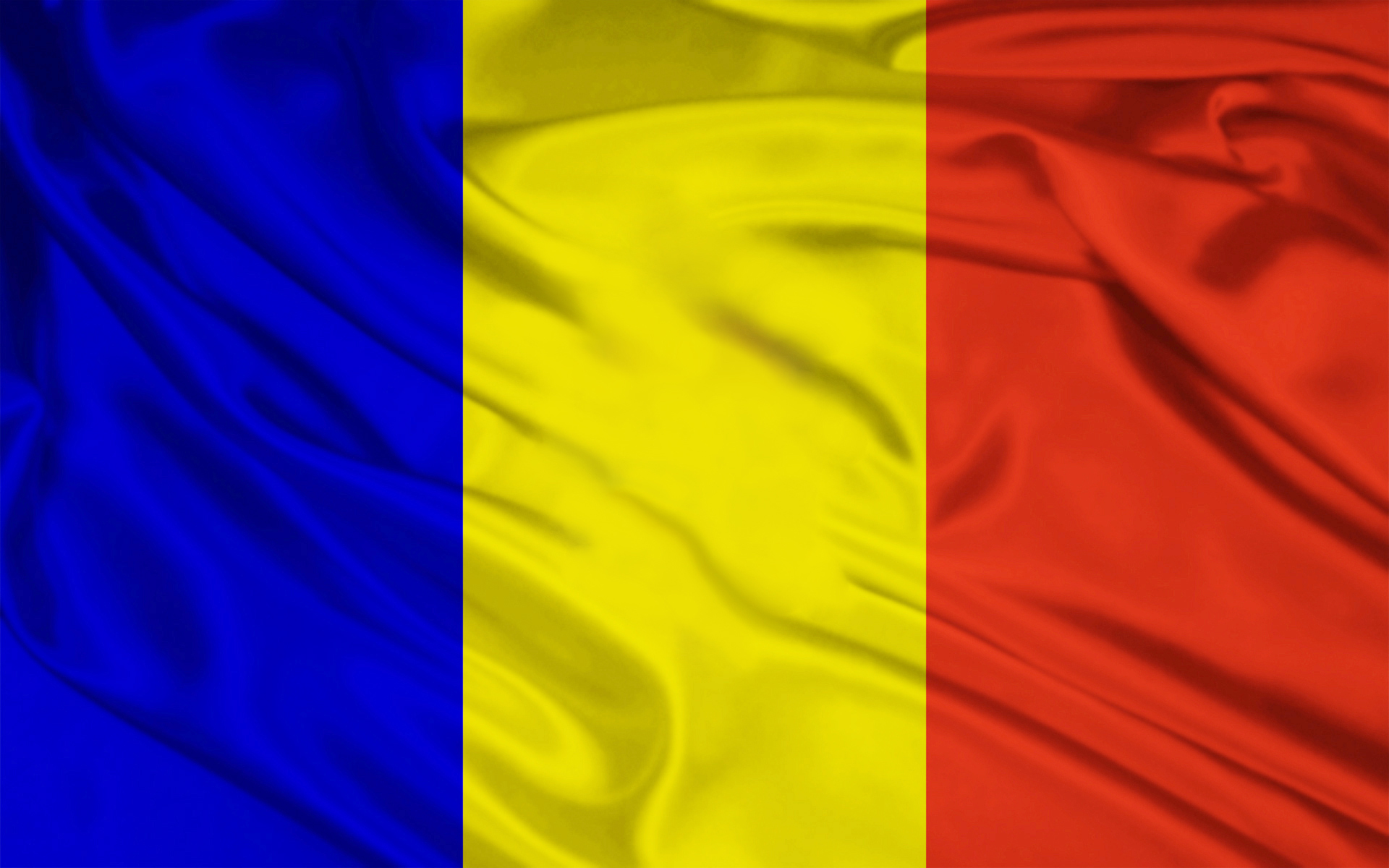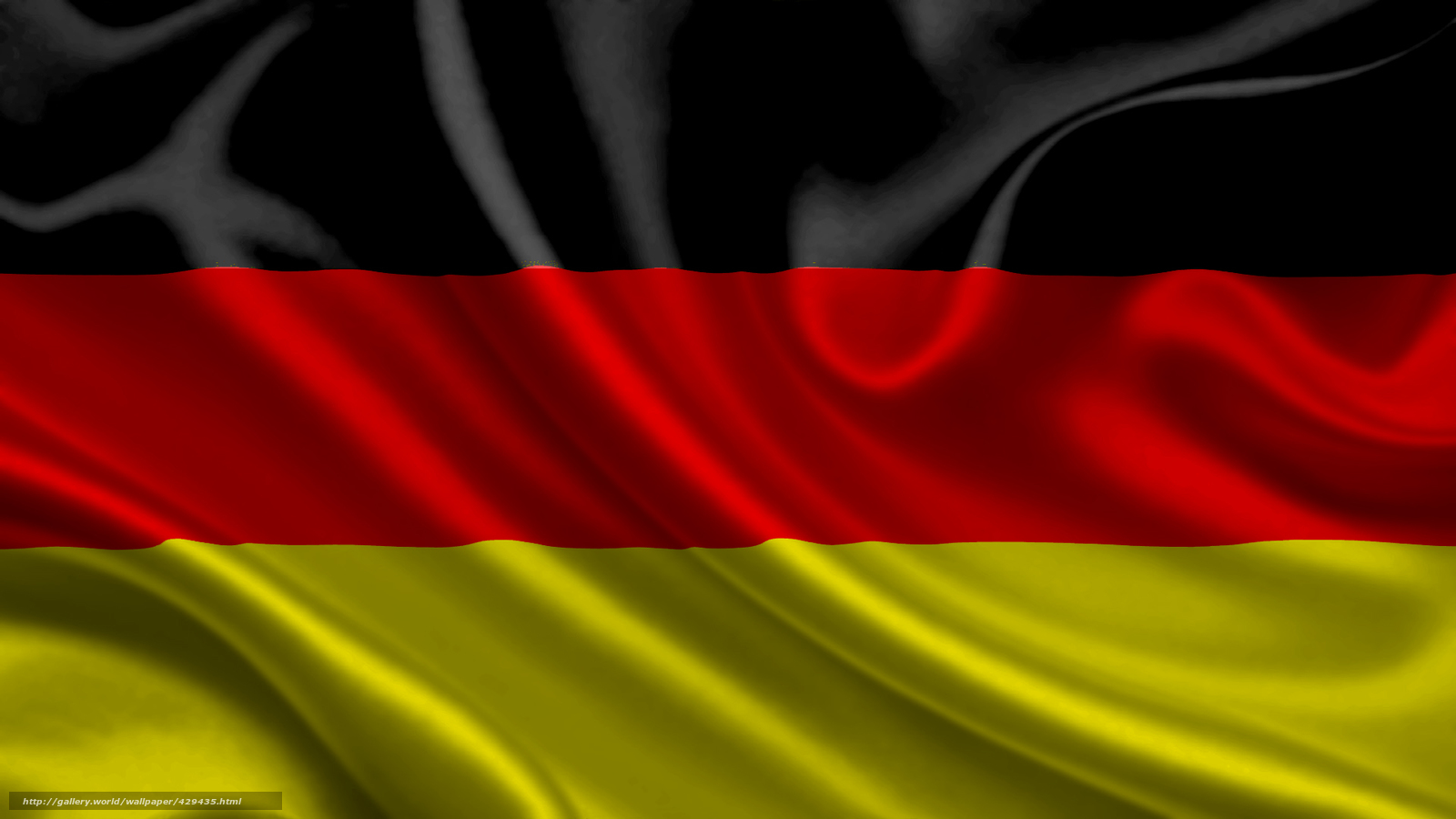LA SAGRADA FAMILIA
The Basílica de la Sagrada Família (Spanish: Basílica de la Sagrada Familia; 'Basilica of the Holy Family'),also known as the Sagrada Família, is a large unfinished Roman Catholic minor basilica in the Eixample district of Barcelona, Catalonia, Spain. Designed by the Spanish architect Antoni Gaudí (1852–1926), his work on the building is part of a UNESCO World Heritage Site.
On 7 November 2010, Pope Benedict XVI consecrated the church and proclaimed it a minor basilica. On 19 March 1882, construction of the Sagrada Família began under architect Francisco de Paula del Villar. In 1883, when Villar resigned, Gaudí took over as chief architect, transforming the project with his architectural and engineering style, combining Gothic and curvilinear Art Nouveau forms. Gaudí devoted the remainder of his life to the project, and he is buried in the crypt. At the time of his death in 1926, less than a quarter of the project was complete.
| 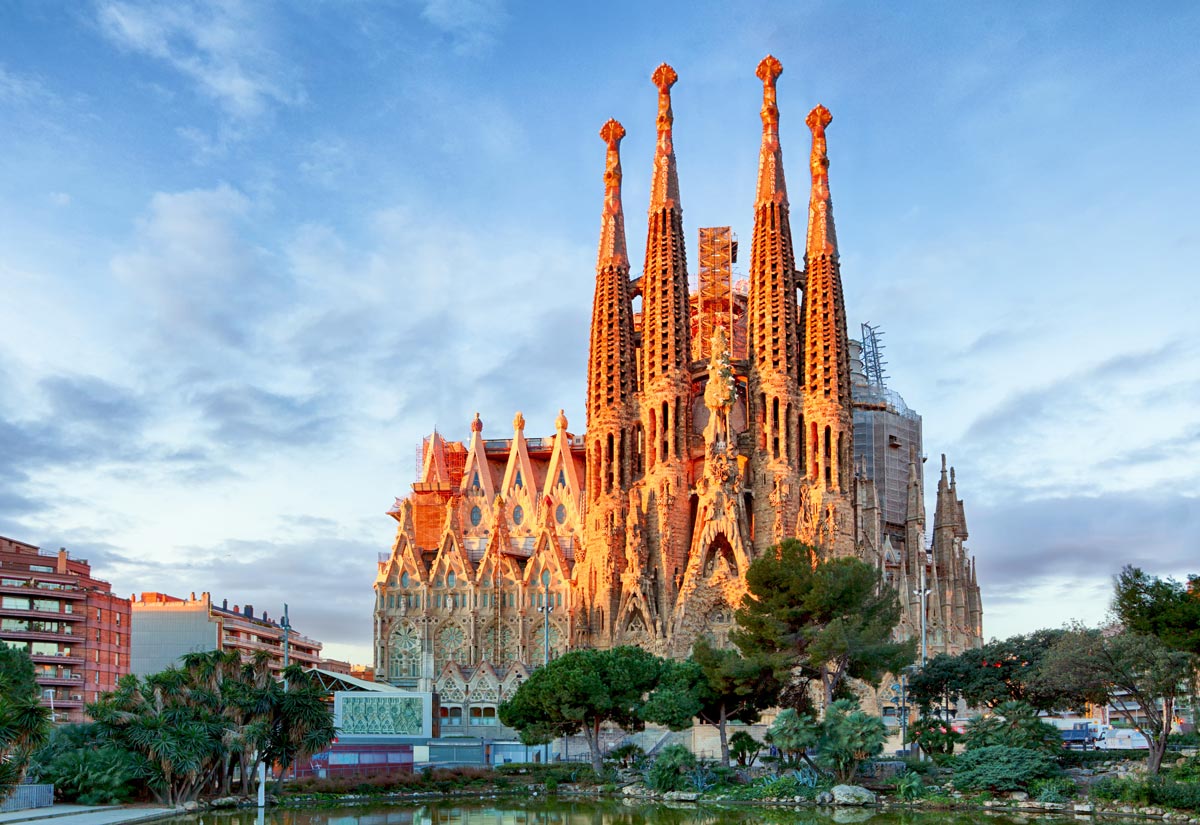
|
THE LA MUSICA PALAU
The first thing you see when you enter The Palau de la Musica is a double stair with lamps that illuminate everything. There is a concert hall in which when you enter, you see lots of colors because of the windows have different colors and when the sun shines, the entire concert hall is colored. In front of the concert hall, there is a waiting room which's doors are made of glass and you can go to a wonderful balcony with columns.
| 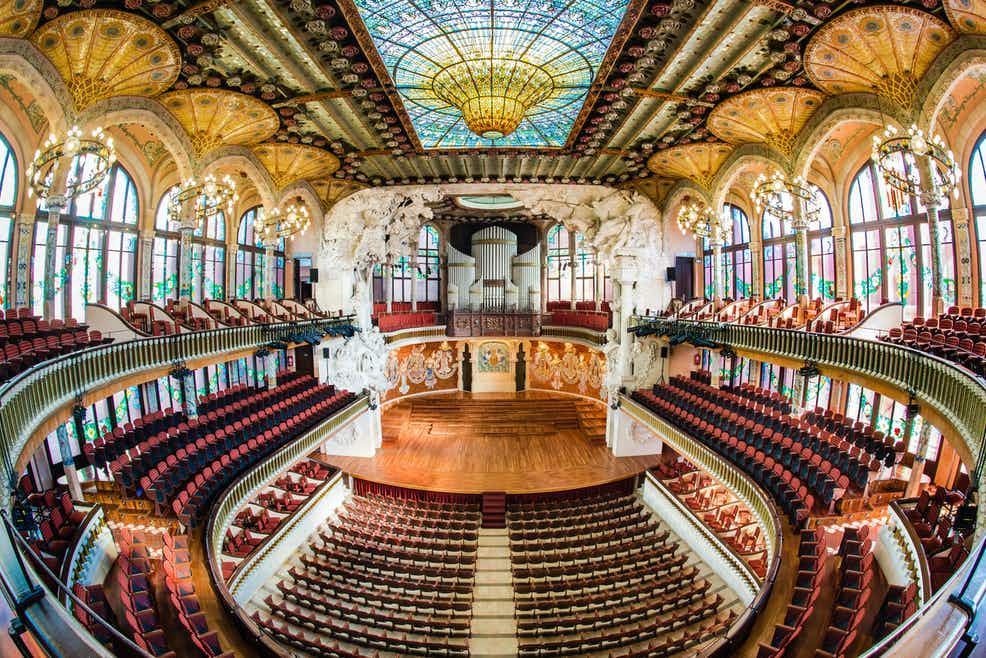
|
SPANISH CHRISTMAS TRADITIONS
The three wise men are Melchior, Gaspar and Baltasar according to the Christian religion, they were the ones who gave the child Jesus myrrh, gold and incense. According to tradition they come from the East and bring gifts to children. If you have behaved well they will bring you gifts and you will be on the white list, if you have done the opposite you will go to the black list. At night they make the kings parade, and when it is finished you have dinner with your family.
Finally you eat the "tortell". Inside this there is a fake bean and a little king. If you get the bean you will have to pay for the "tortell" and if you get the king you will not. (recipe)
| 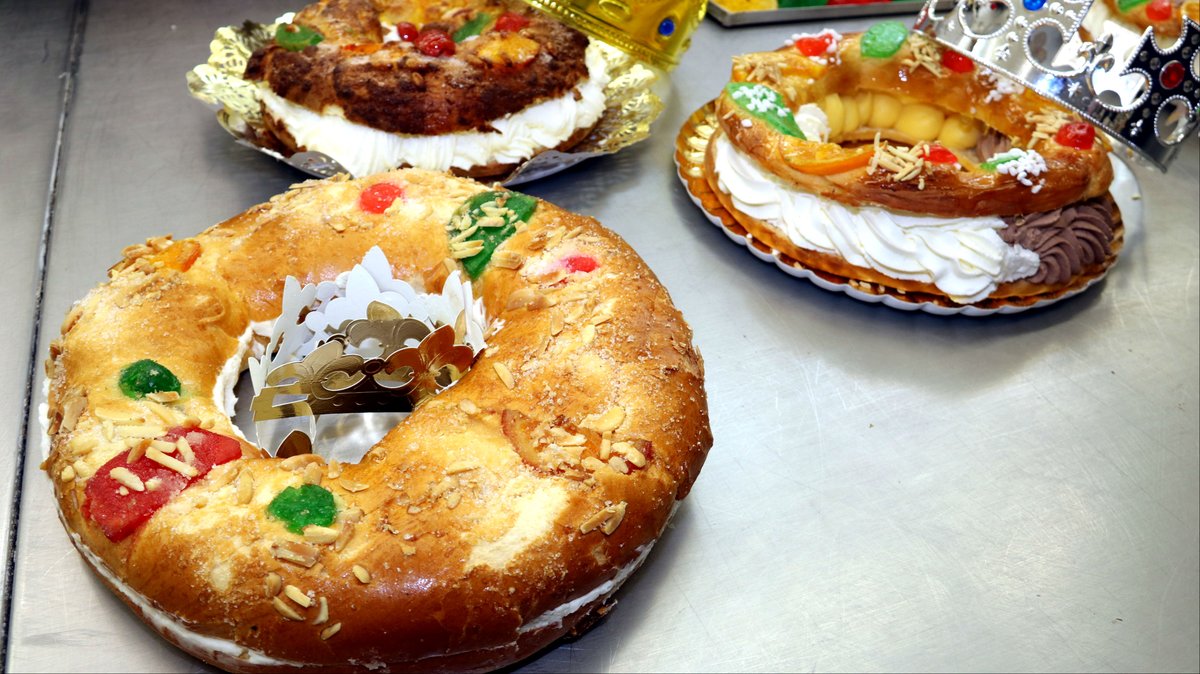
|
|
The "Tio", is a wooden trunk that brings gifts. The children sing a song and at the same time hit the "Tio". By doing this, they receive the gifts they wanted. The "Tio" comes home in early December and throughout the month, until the 25th, you have to feed him fruit skins so he can give you the presents.
| 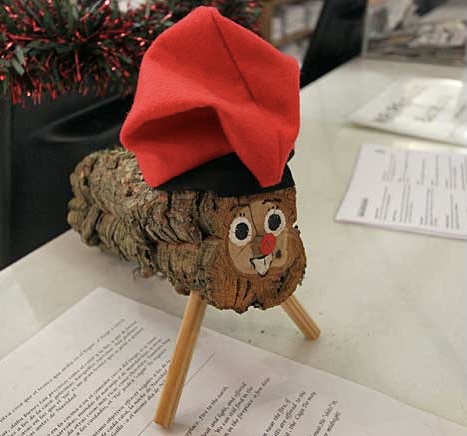
|
The Christmas broth is the perfect, comforting and nutritious starter that marks the beginning of a Christmas lunch or dinner with the family. This consommé is special because, to make it exquisite, it is made with the best quality meats and simmered for approximately 4 hours. The recipe may vary depending on the region and although the most common is to take the broth alone, it can also be accompanied by the traditional "galets", eaten in Catalonia, which is typical of this time of year.
(recipe)
| 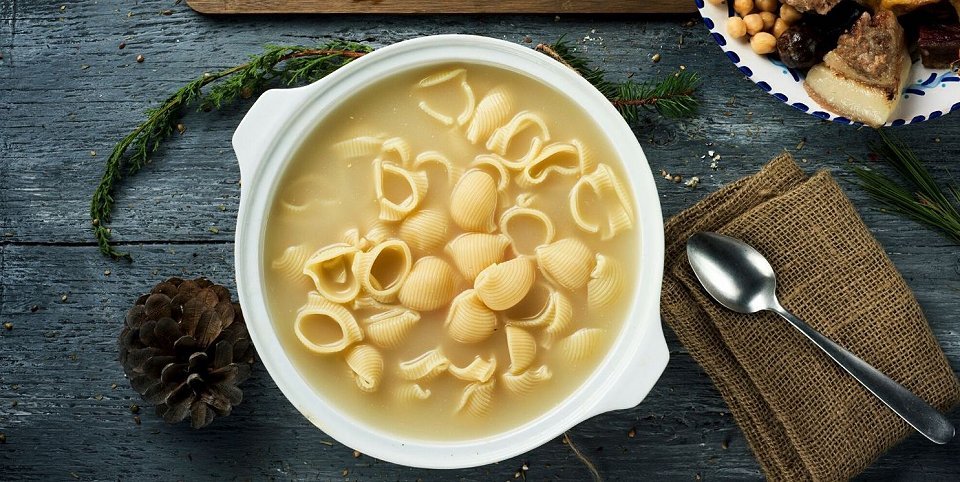
|
MEAT CANNELLONI
In Catalonia, meat cannelloni are eaten on public holidays, being very typical for Saint Stephen's Day, 26 December. It used to be a dish and was made on St. Stephen's Day, to take advantage of the meat of the pot and the roast of the previous day.(recipe)
| 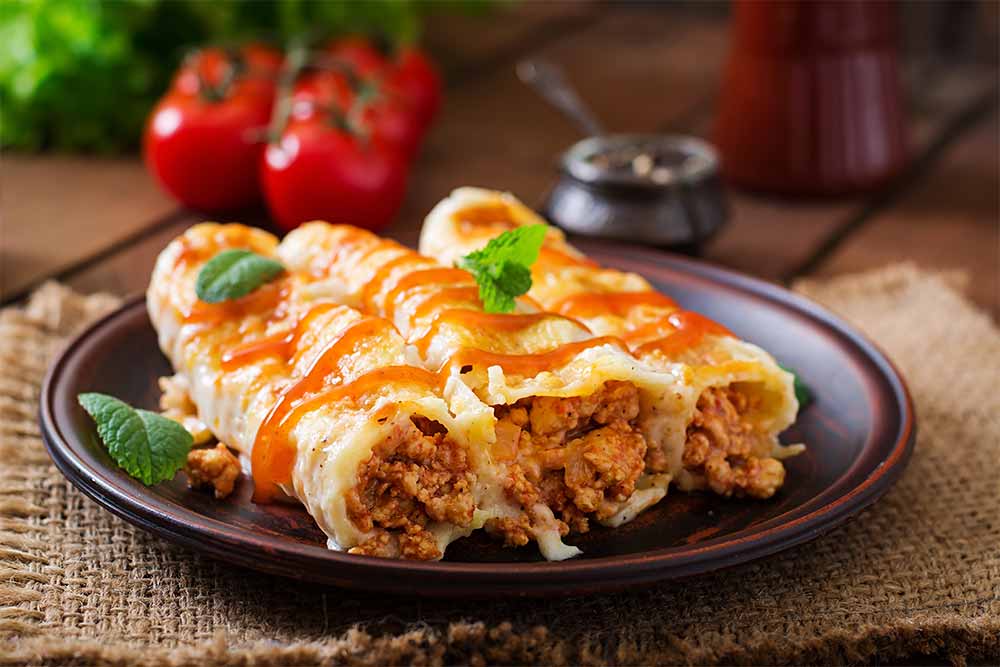
|
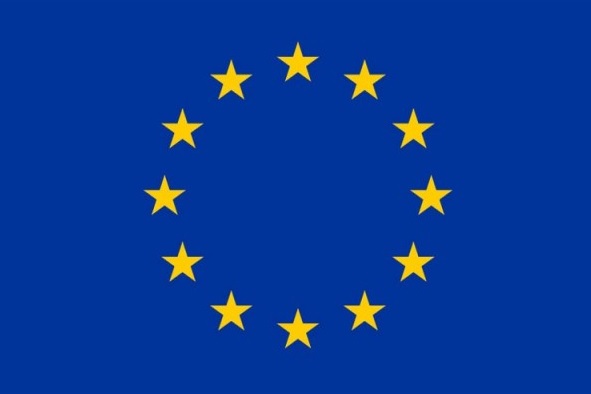 Erasmus+
Erasmus+
 Erasmus+
Erasmus+






